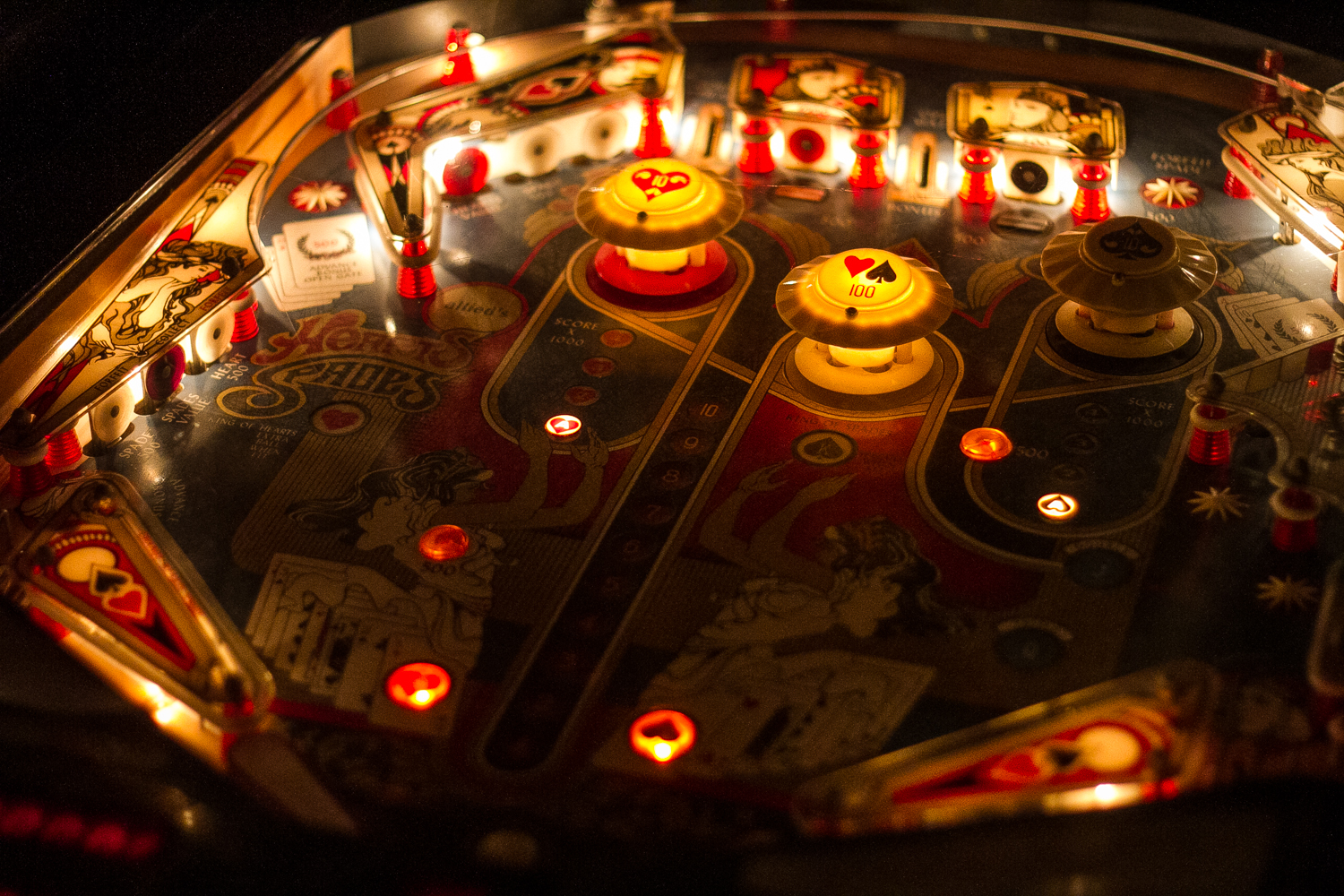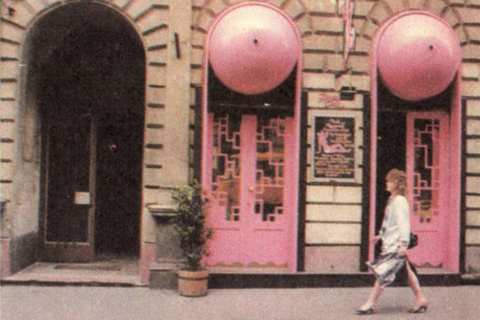It is a mystery why we are so obsessed with these ball-flicking games, but one thing is for sure: it is incredibly easy to get addicted to pinball. Since 10 April, Budapest has its own pinball museum where you can play with all 130 machines, the oldest of which was made in 1871.
Our infatuation with pinball started when we accidentally discovered a hidden pinball club in Buda and could hardly convince ourselves to leave; so when the pinball museum opened on 10 April, we greeted the news with a preschool child's teary-eyed enthusiasm. The place lets its visitors to try all 130 machines - some of which are modern, and some of them are old, wooden, and beyond nostalgic. There are also Pac-Man, basketball, bowling, and shooting machines. The collection is considered unique in all of Europe.
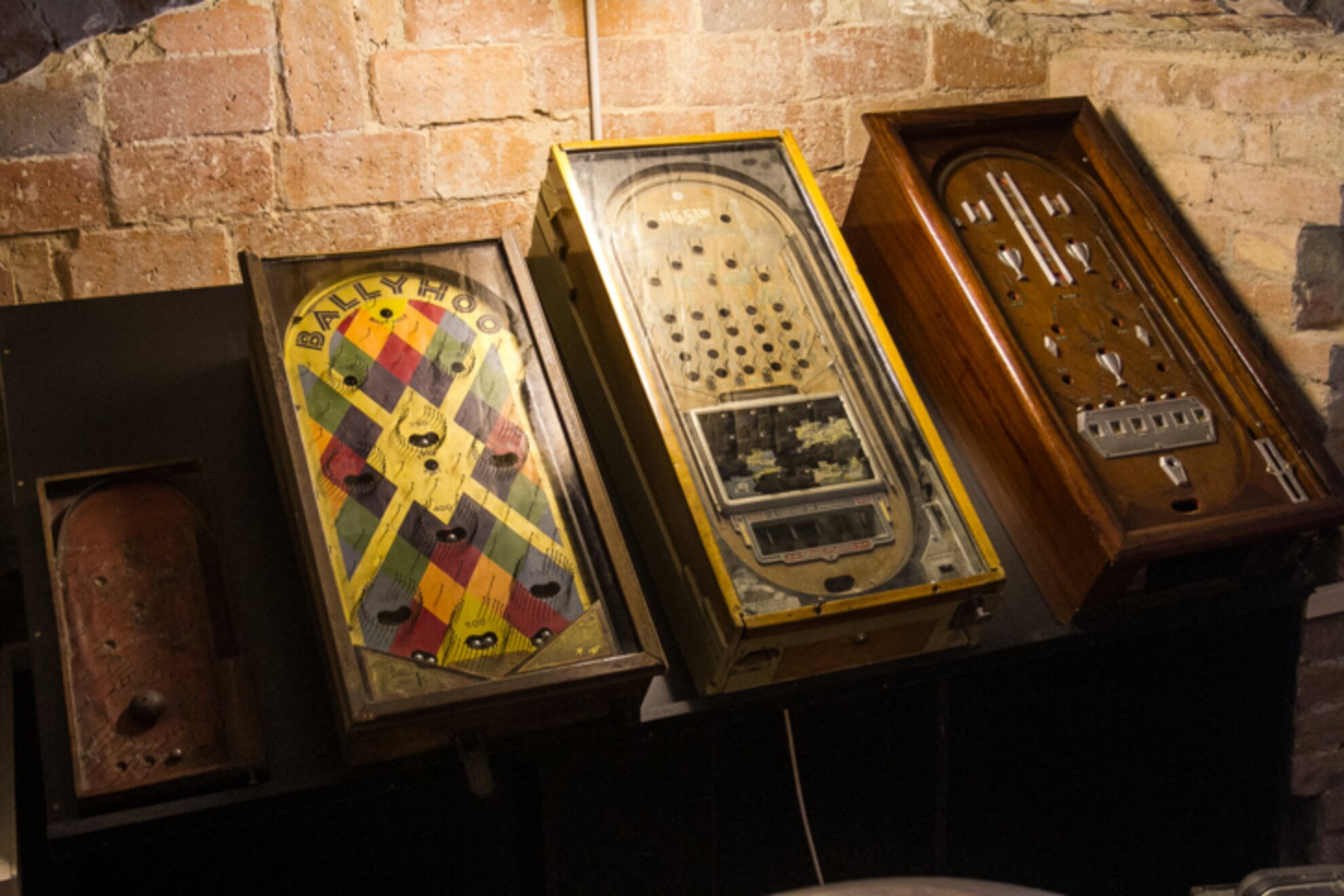
Balázs Pálfi, the collection's proud owner has fallen for pinball machines five years ago. He bought his first one on Vatera, and quite obviously, the experience changed his life. Over the years, his collection grew so large that he had to open a museum - at least to solve the problem of storing his treasured machines.
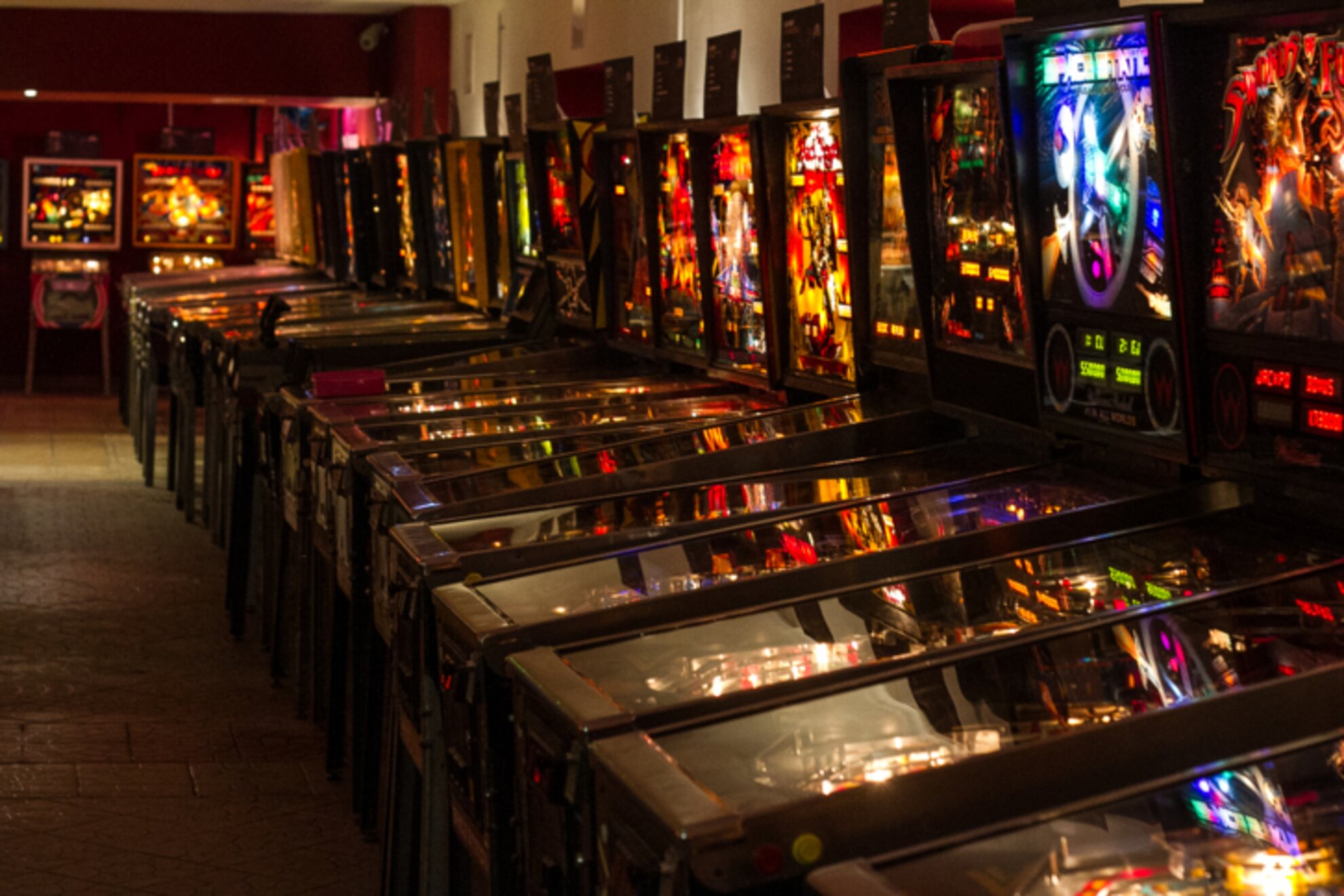
In the museum, the machines are grouped chronologically and by manufacturers. We started with the inner room, where we could look at the pinball's ancestor (which mostly resembles a wooden board) from 1871, a few wooden specialties from 1932, and the first Hungarian pinball machine from 1947, which has its flippers on the sides. At this point, we learned that flipper and pinball are not the same. Pinball originally referred to a ball rolling on a vertical playfield with pins making its movement more difficult. What we call flipper today came into being with the introduction of flippers, the plastic bats we control the ball with, around 1940. This transformed the original game based on pure luck to an arcade game.
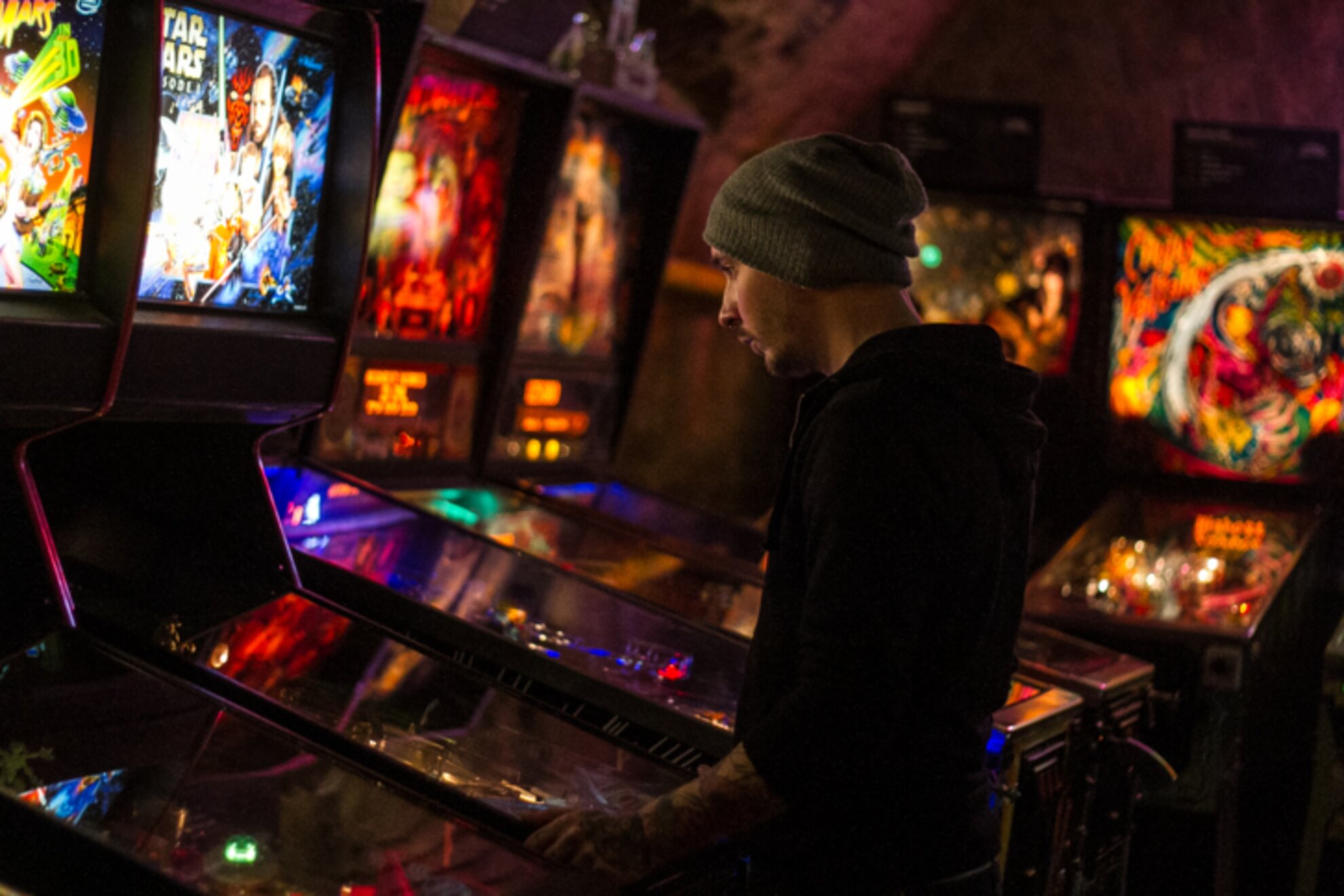
As we walked by the chronologically organized machines, we got a crystal clear picture of the pinball evolution. The numbers started rotating instead of flashing, and the backboxes became a whole lot more spectacular. Simultaneously with the development of technology, intriguing storylines and flashy effects took over the machines; at the end of the 70s, digital displays appeared and opened up a plethora of new possibilities. For instance in a machine from the 80s, the more you score, the more clothes a woman throws off. It is witchcraft, we tell you
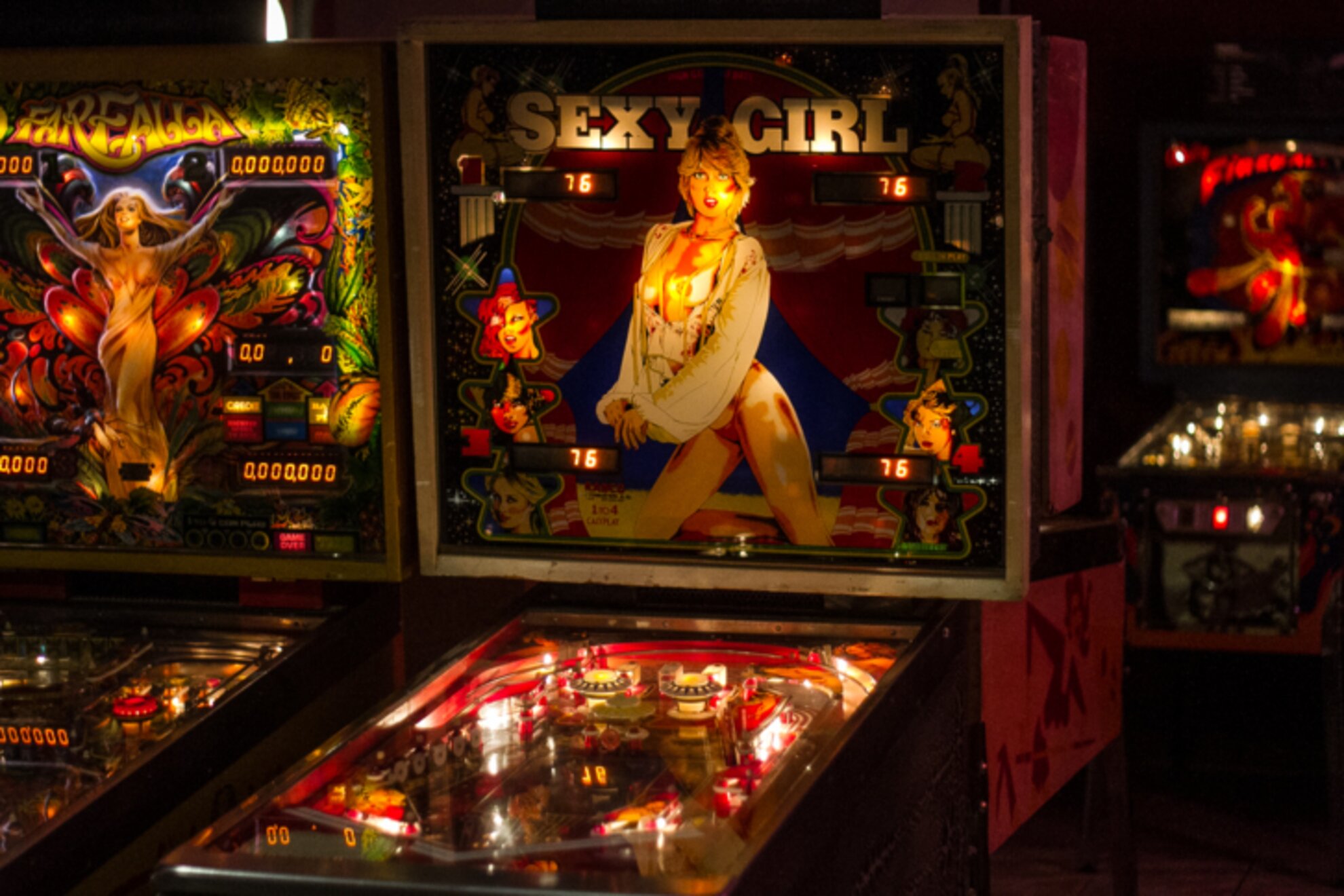
We tried to play with as many machines as we could, but because we did not have all the time in the world, we had to choose wisely - meaning we preferred games featuring busty ladies, aliens, and various horror movie-themes.
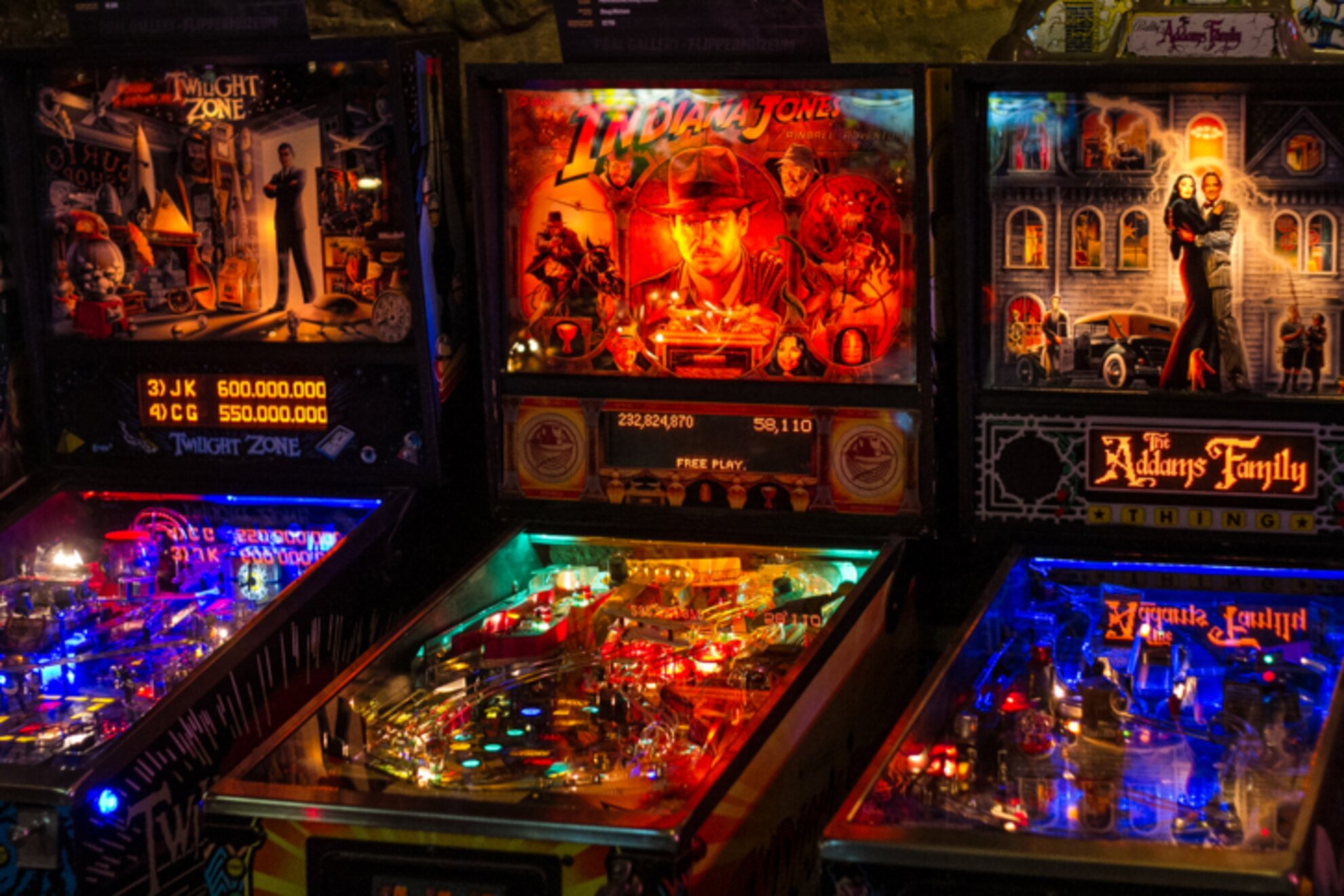
The already unique collection is spiced up with peculiarities such as an 1982 machine called Orbitor, in which the field is undulating instead of flat; a Godzilla-themed game, in which a vibrating battery continuously and unpredictably shakes the play field; and a Freddy Krueger-themed machine in which the sharp-fingered antagonist himself appears at one point and launches several balls on the field; but we have also come across games with three different levels.
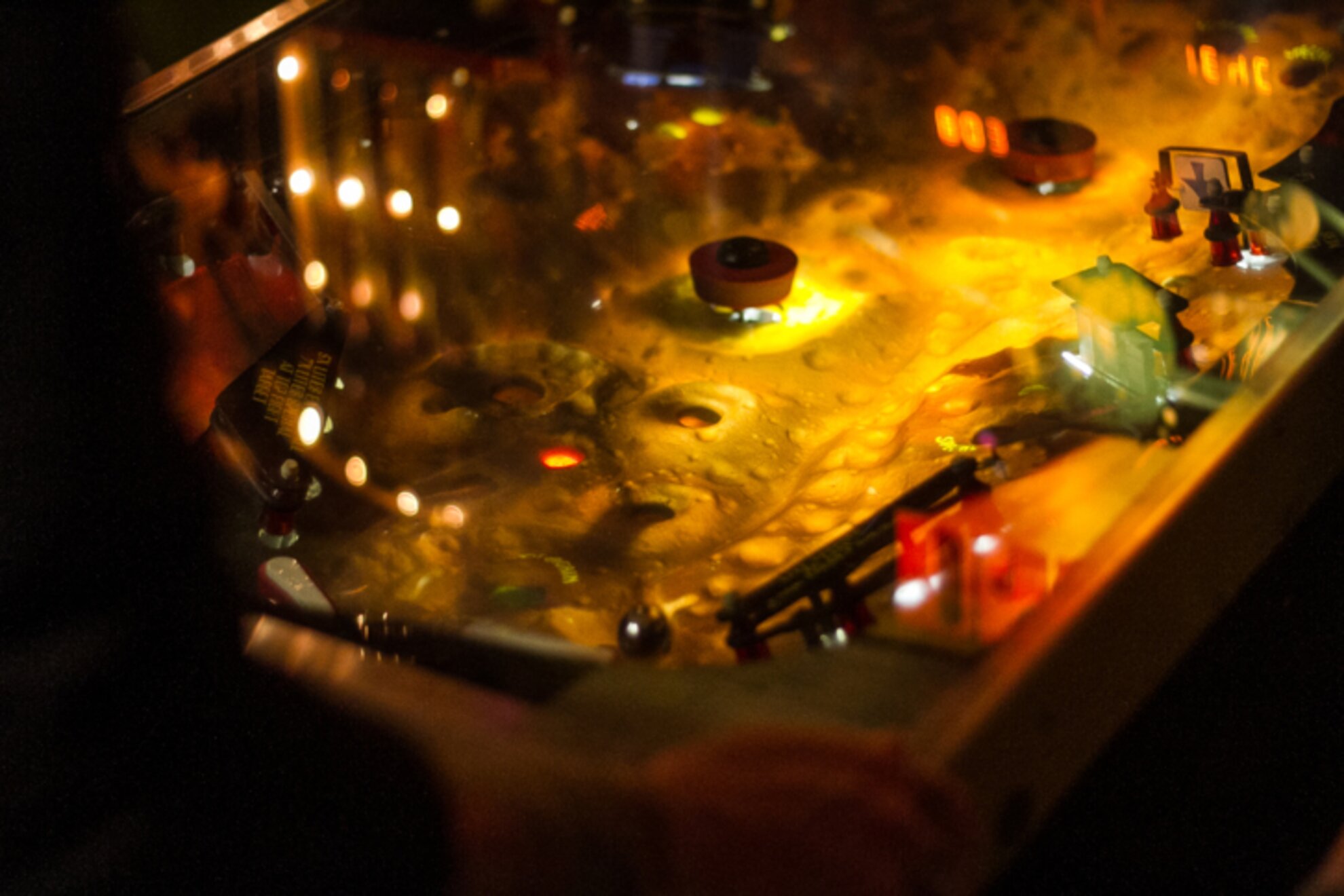
The museum is open from Wednesdays to Sundays from four in the afternoon until midnight. The visitors' ticket costs 500 Forints, but it's a much better deal - especially because it guarantees an incomparably more memorable experience - to purchase the the supporters' ticket which allows you to play as much as you want and includes an upon-request guided tour.
